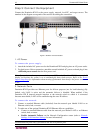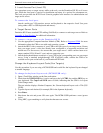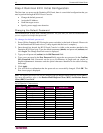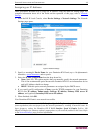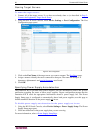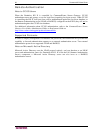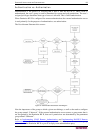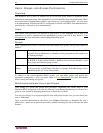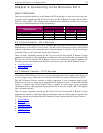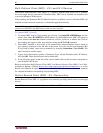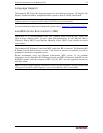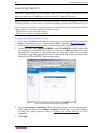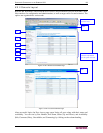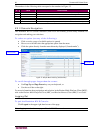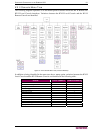
24 DOMINION KX II USER GUIDE
Users, Groups, and Access Permissions
Overview
The Dominion KX II stores an internal list of all user and group names to determine access
authorization and permissions. This information is stored internally in an encrypted format. There
are several forms of authentication and this one is known as “local authentication”. All users have
to be authenticated; if Dominion KX II is configured for LDAP or RADIUS, that authentication is
processed first, followed by local authentication.
Users
User names and passwords are required to gain access to the Dominion KX II unit. This
information is used to authenticate users attempting to access your KX II unit. Refer to
User
Management for more information about adding and editing users.
Groups
Every Dominion KX II unit is delivered with three default user groups; these groups cannot be
deleted:
Admin Users that are a member of this group have full administrative privileges. The
original, factory-default user is a member of this group and has the complete set
of system privileges.
Unknown This is the default group for users who are authenticated externally using LDAP
or RADIUS. If the external LDAP or RADIUS server does not identify a valid
user group, the Unknown group is used.
Individual
Group
An individual group is essentially a “group” of one. That is, the specific user is
in its own group, not affiliated with other real groups. Individual groups can be
identified by the “@” in the Group Name.
In addition to the system-supplied default groups, you can create groups and specify the
appropriate permissions to suit your needs. Refer to
User Management for more information
about creating and editing user groups.
Relationship between Users and Groups
Users belong to a group and groups have privileges. Organizing the various users of your
Dominion KX II into groups saves time by allowing you to manage permissions for all users in a
group at once, instead of managing permissions on a user-by-user basis.
You may also choose not to associate specific users with groups. In this case, you can classify the
user as “Individual.”
Upon successful authentication, the device uses Group information to determine the user’s
permissions – which server ports are accessible, whether rebooting the unit is allowed, and other
features.



